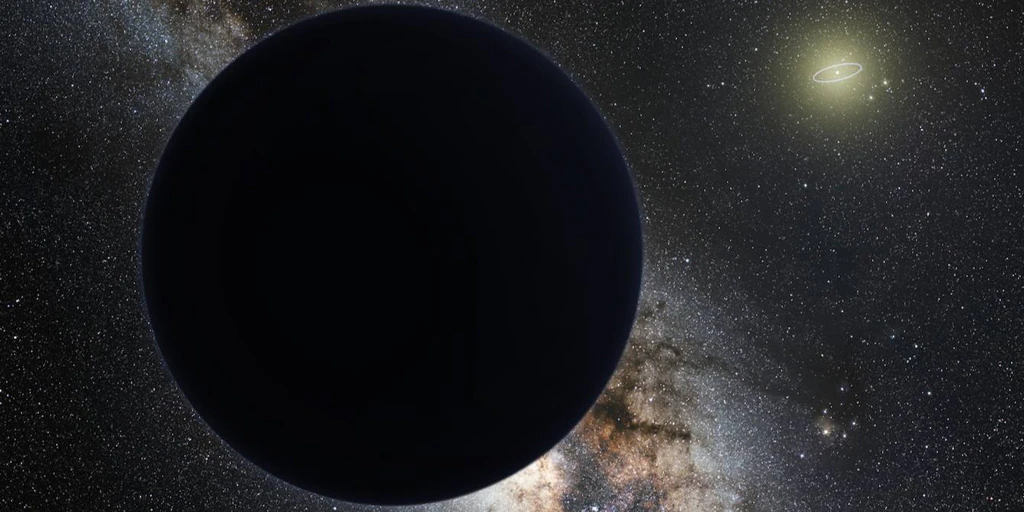Planet Nine has nowhere to hide anymore

The hunt for Planet Nine appears to be coming to an end. At least that’s what renowned Caltech astronomer Michael Brown suggests in a new study that just appeared on the ArXiv server and will soon be published in the Astronomical Journal. In fact, with this work, Brown and his team were able to narrow down their search for the elusive Planet Nine, a hypothetical icy world several times larger than Earth that astronomers had been trying to discover for years without success. beyond the orbit of Pluto.
Search for a large planet in the outer reaches of the Solar System, also called “Planet”. The paper, also published in the Astronomical Journal, claimed that this hypothetical world was more than 90% likely to be the best explanation for the behavior of a group of objects beyond Neptune’s orbit.
Excluding locations
Michael Brown is known for having already discovered nearly twenty objects beyond Neptune, including the dwarf planets Eris and Makemake in 2005, which, incidentally, was responsible for Pluto’s loss of planet status just a year ago. And now, again with Batygin and with the help of Matthew Holman, Brown has managed to significantly narrow down the possible locations of Planet Nine. As the astronomer explained to Universe Today, “We continue to try to systematically cover all areas of the sky where we predict Planet Nine may be located. “Using Pan-STARRS data allowed us to cover our largest region to date.”
Pan-STARRS, the Panoramic Survey Telescope and Rapid Response System, is an instrument funded by the United States Air Force and operated by the University of Hawaii, where it is located, and is capable of observing and monitoring a large area of the sky continuously.
At the end of the study, thanks to these possibilities, Brown and his team were able to rule out up to 78% of the possible locations on the planet calculated in previous studies. And they also calculated that it is at a distance of about 500 astronomical units (one AU is equivalent to the distance between Earth and the Sun, 150 million km) and that its mass is 6.6 times that of Earth.
“Although I would like to say that the most important result was the discovery of Planet Nine,” says Brown, “we did not do that. However, we have significantly reduced the search area. We have now examined and eliminated approximately 80% of the regions where we believe Planet Nine could be located.
According to the researcher, we will have a definitive answer when the new Vera K. Rubin Observatory, currently under construction in Chile, becomes operational “within one or two years.”
Although all attempts to find Planet Nine have so far been in vain, Brown remains convinced of its existence. “There are too many signs,” he says, “that Planet Nine is here. The solar system would be very difficult to understand without Planet Nine.”